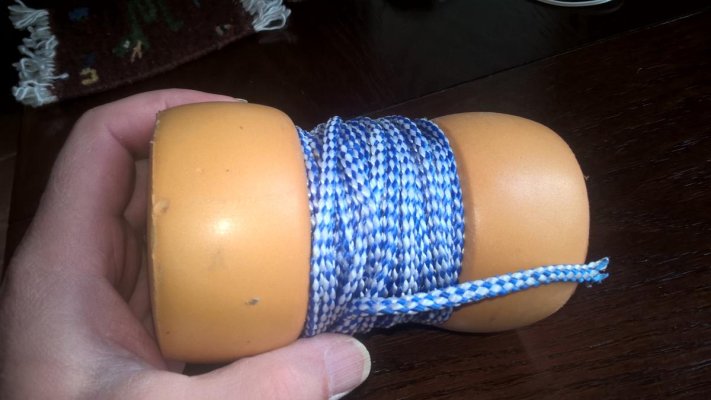A couple comments. First, I would probably take the rode off of the pulpit when trying to use brute force to get an anchor up. Even if tied off to the windlass post. The rocking of the boat could easily put 1,000 lbs of pressure on the pulpit/bow roller. Would you want five people standing out on the tip of your pulpit? Seems like asking for trouble. Better to lead through a side chock. If chain, it would required attaching line to the chain using some kind of rolling hitch in order to protect the cap rail. A boat rocks side to side more, in fact on most boats just shifting the crew back and forth can get the boat rocking side to side.
You don't need to be directly above the anchor. The closer to 90 degrees the better, but even 60 degrees is enough if the rode is tight. Any anchor repeatedly yanked at 60 degrees will work itself up (assuming it or the rode isn't snagged on something).
I often use an anchor tag line when solo and especially if I'm in a little out-of-the-way spot where I'm not likely to see another boat for a few days. The system doesn't have to be big or complex. Your anchor line needs to hold a multi-ton boat in wind and current. A tag line needs to skootch the anchor a few feet to clear it from the logging cable, wringer washing machine, etc. that it has snagged on. For a #35 anchor (which doesn't weigh #35 under water), #1,000 small cord is enough (although it can be hard on the fingers). A couple of doughnut floats stuck on a piece of dowel making a bobbin will hold enough line (see picture) and is easy to store. I generally anchor in less than 40 feet, so it doesn't take much line. I've heard that using a bigger float on a tag line leads to people attempting to use your float as a mooring ball. I haven't had that problem, but something to watch for.
The tag line bouy can also help diagnose a stuck anchor issue. If pulling on the tag line indicates the anchor is not exactly where your anchor rode is leading, it is the rode that is caught, not the anchor. Moving the anchor may help. It may even be possible to get the anchor to the surface, remove it, and only lose 30 feet of chain. You do have bolt cutters aboard, right?



